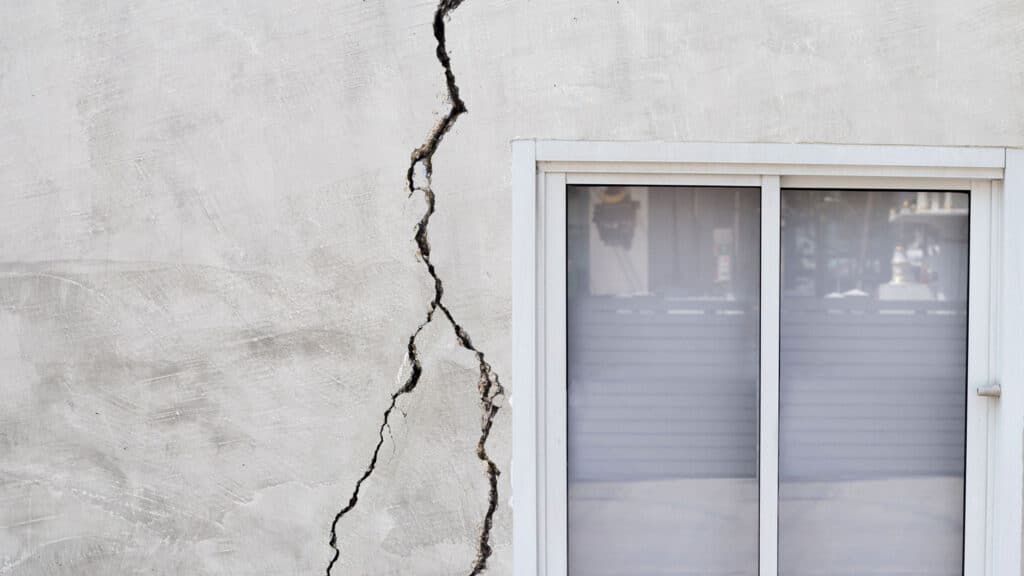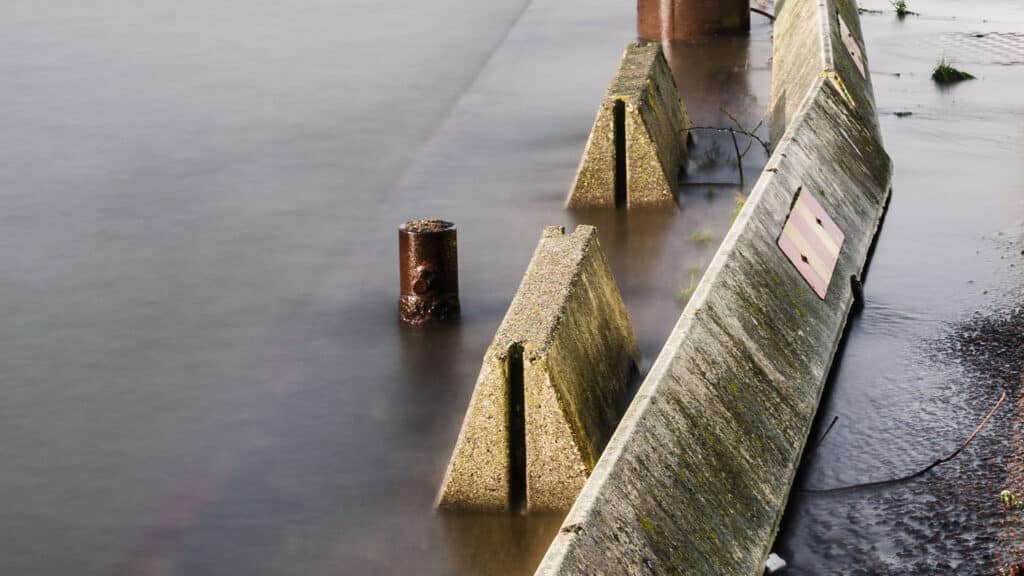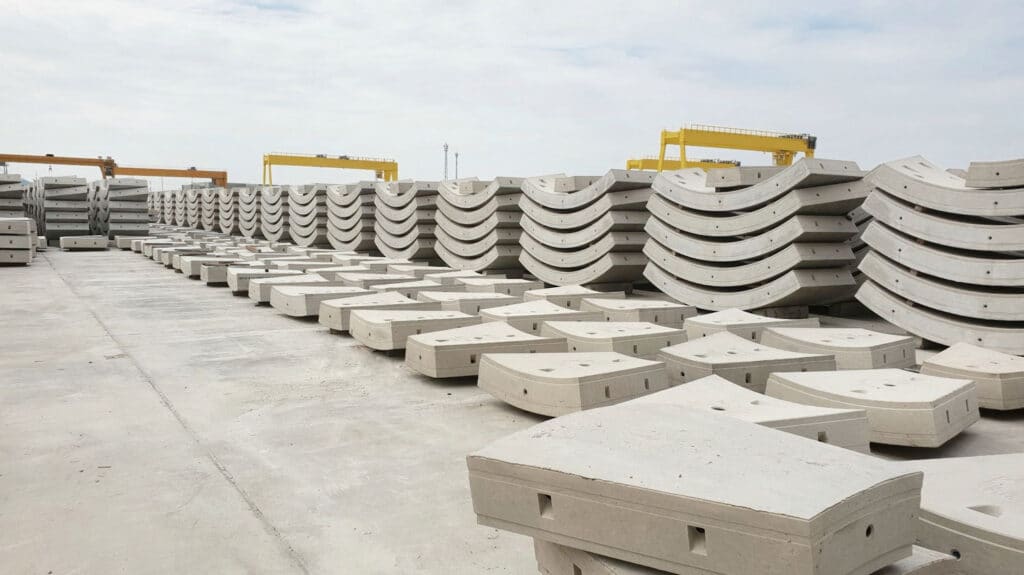As natural disasters continue to cause devastation across the country, the need for resilient infrastructure has become increasingly critical. Because of its durability, versatility, and strength, infrastructure precast concrete solutions are emerging as key building materials in fortifying buildings, bridges, and other structures against the many unpredictable forces of nature. In this blog post, we’ll explore how precast concrete plays a pivotal role in strengthening infrastructure by enhancing disaster resilience and helping communities recover swiftly in the aftermath of events such as earthquakes, hurricanes, and floods.
In recent years, the world has witnessed a concerning rise in the frequency and severity of natural disasters, including floods, hurricanes, earthquakes, and wildfires. Several factors, such as climate change, urbanization, and environmental degradation, are contributing to this increasing trend. Natural disasters can disrupt daily life and cause extensive damage to communities, economies, and ecosystems. Because these natural disasters are more frequent and unpredictable, infrastructure must be built to withstand these forces. Building resilient infrastructure is more than protecting buildings and roads; it’s also about safeguarding lives, ensuring quick recovery, and minimizing economic losses. When structures built with precast concrete can endure extreme conditions, communities can recover faster, which helps maintain stability and reduce the long-term impact of disasters.

Because of its inherent strength, durability, and ability to withstand extreme weather conditions, concrete is a robust and reliable construction solution. Various components such as walls, floors, beams, and columns can be precast, designed specifically to resist various natural disaster forces. Let’s learn more about the benefits of using precast concrete in disaster-prone areas.
Several key engineering techniques enhance the flexibility, strength, and overall resilience of precast concrete, making it more earthquake-resistant. One of the most important is advanced joining methods, such as post-tensioning and mechanical splices. These techniques maintain the structural bond, allowing the structure to flex and return to its original shape after the earthquake. In addition, precast concrete is usually reinforced with steel rebar or post-tensioned steel cables, which increases the concrete’s tensile strength. Reinforcing this concrete allows the structure to absorb seismic forces instead of resisting them entirely.
Flooding is a significant challenge for communities, especially for communities in flood-prone areas. The right materials, such as precast concrete, can ensure durability, safety, and long-term resilience. Precast concrete is engineered to withstand the extreme pressures exerted by floodwaters. Because concrete is an impermeable material, it is highly resistant to the wear and tear of water flow. It’s ideal for coastal areas, riverbanks, or other flood-prone regions. Because precast infrastructure, such as walls, barriers, culverts, and catch basins are manufactured off-site, they can be delivered and installed much faster than traditional on-site construction methods. This quick and easy installation process for your flood defense systems can be completed before the next storm hits. Floodwalls can be designed with sufficient height to protect buildings from rising floodwaters, giving you a customizable, reliable option during extreme events.

Precast concrete is an ideal material choice for construction in high-wind areas where buildings are frequently subjected to powerful gusts, hurricanes, or tornadoes. The density of precast concrete makes it resistant to being uplifted or moved by strong winds. While lightweight materials, such as wood and steel, are vulnerable to wind forces, the heavy mass of precast concrete prevents structures from toppling and shifting during high wind conditions, including resistance to uplift and lateral forces. Resilient structures and materials designed with precast concrete provide a safe place during high winds.
Because precast concrete is non-combustible, it plays a crucial role in enhancing building fire safety. It does not burn, warp, or release harmful gases when exposed to flames, and its inherent thermal mass gives it the ability to absorb and dissipate heat, which slows the transfer of high temperatures and prevents the rapid spread of fire in a building. In addition, precast concrete does not release toxic smoke or gases, improving air quality during a fire. Precast concrete is a barrier that contains flames, limits fire spread, and is durable enough to hold its structure during a fire.

Harper Precast specializes in tailoring precast concrete solutions to meet specific disaster resilience needs, from flood barriers to earthquake-resistant structures. Our superior concrete products are available throughout Utah, the West Coast, and the Intermountain West. With decades of experience under our belt, we work closely with our clients to design custom products that tackle many unique environmental challenges, including natural disasters. We are committed to the highest safety and quality standards, adhering to strict industry certifications and rigorous testing to ensure top performance in disaster scenarios. Contact Harper Precast today to begin your next project.